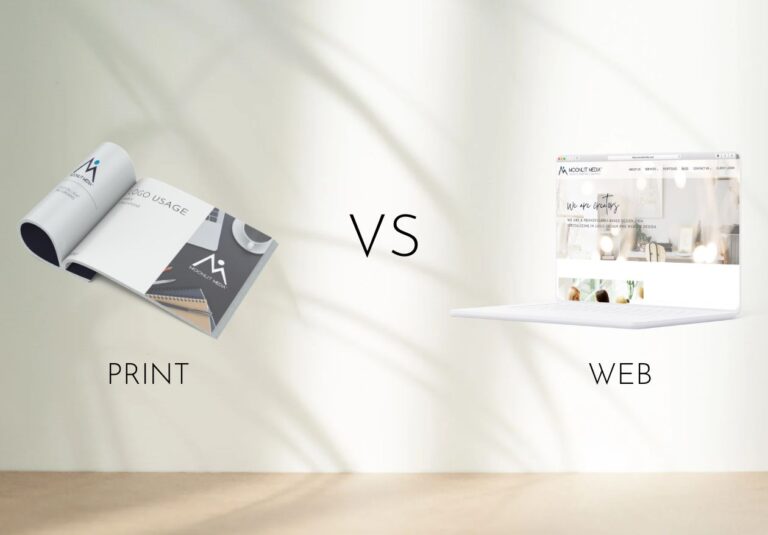On any given day, you have likely encountered a plethora of images and videos across various platforms – from social media to websites and beyond. Have you ever wondered why some images are clearer than others or why certain videos take longer to load? The answer often lies in the formats these media files are stored in.
In this beginner’s guide to image and video formats, we’ll break down the different types of image and video formats, shedding light on their significance and helping you make sense of the technical jargon.
Understanding Image Formats: JPEG, PNG, GIF
Every person that has been online has encountered a variety of different image formats. If you’ve ever worked with a graphic designer like Moonlit Media, we do our best to explain the logic behind each type we send. However, not all designers take the time to do that. No matter who you choose for your graphic design needs, we want you to be informed about the types of formats available.
JPEG (Joint Photographic Experts Group)
JPEG is probably the most common image format you’ll come across. It’s widely used for photographs due to its balance between file size and image quality. When you snap a picture with your smartphone or digital camera, chances are it’s saved as a JPEG.
The compression algorithm used in JPEG reduces the file size by removing some details that our eyes might not notice right away, allowing for quicker loading times and efficient storage.
PNG (Portable Network Graphics)
If you’ve ever needed an image with a transparent background, you’re likely dealing with a PNG. Unlike JPEG, PNG doesn’t use as much compression, which means it retains a higher level of image quality and supports transparency.
These factors make PNG perfect for logos, icons, and graphics that need to maintain sharpness but still provide a clear background.
GIF (Graphics Interchange Format)
GIFs are those short, looping animations that add life and humor to our online interactions. They’re great for conveying quick messages and reactions.
While GIFs have limited color depth compared to other formats, they’re lightweight and don’t require plugins or special software to play, making them an internet favorite.
Decoding Video Formats: MP4, AVI, MKV
Video formats are relatively straightforward unless you’re in cinema or planning to produce extravagant video productions. For the layman, these are the most common formats you’ll need to know about in business.
MP4 (MPEG-4 Part 14)
MP4 is the most widely used video format due to its compatibility across devices and platforms. It employs advanced compression techniques to maintain a high-quality video while keeping file sizes manageable.
Platforms like YouTube and streaming services often use MP4 for their content due to its efficiency and excellent quality.
AVI (Audio Video Interleave)
AVI was one of the earliest video formats and is still occasionally encountered today. While AVI offers relatively good video quality, it tends to create larger files due to less efficient compression methods. AVI files can be played on most devices, but they might not be the best choice if you’re concerned about file size.
MKV (Matroska Video)
MKV is gaining popularity for its flexibility in supporting various audio, video, and subtitle formats within a single file. This makes it a favorite for those who want to store high-quality videos with multiple audio tracks or subtitles. However, MKV files might not be as universally compatible as MP4 files.
Choosing the Right image and video Formats
When it comes to choosing between different image and video formats, consider the purpose and context.
If you’re sharing a photo on social media, a JPEG will likely suffice. For graphics with transparency, PNG is the way to go. GIFs are perfect for adding a touch of animation to your messages.
For videos, MP4 is a safe bet for most scenarios, providing a good balance between quality and size. If you’re dealing with specialized requirements like multiple audio tracks or subtitles, MKV might be the better option. Always keep your audience and the platform you’re using in mind.
Understanding image and video formats doesn’t require a degree in graphic design. By grasping the basics of JPEG, PNG, GIF, MP4, AVI, and MKV, you’ll be better equipped to make informed choices about how to present and share your visual content in a way that suits your needs.








